The Krasnodar region is among the top three regions with the highest number of stray animals on the streets, according to https://www.kuban.kp.ru/daily/27263/4397140/. According to a survey, residents of four districts, including Belorechensk, report encountering cases of animals being released into urban areas several times per month.
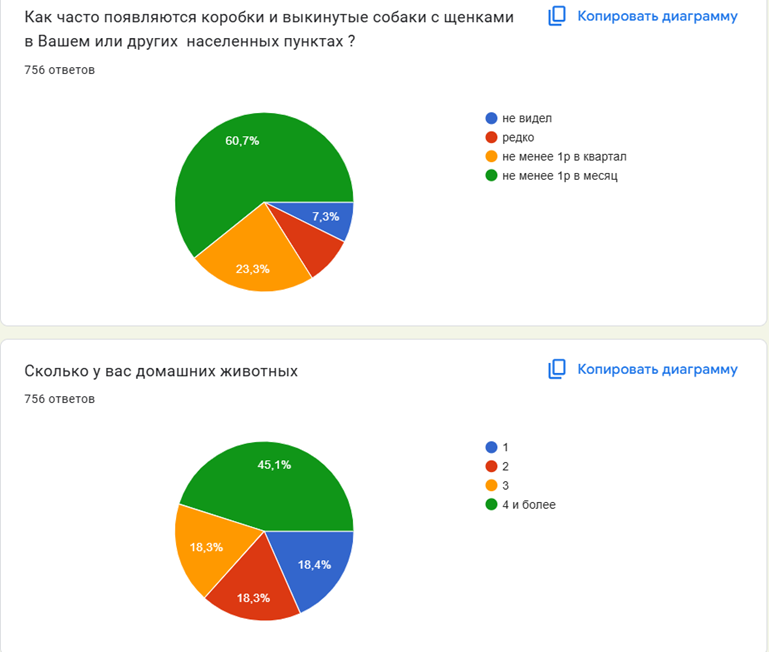
Fig. 1. Diagram of the survey conducted among residents of four districts in the Krasnodar region
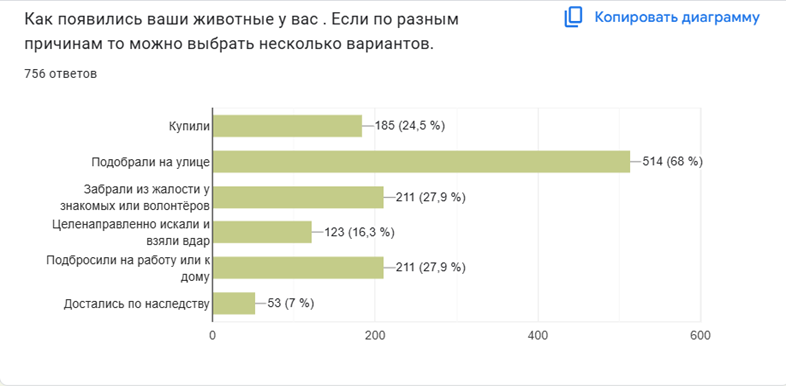
Fig. 2. Diagram of the survey conducted among residents of four districts in the Krasnodar region
However, there are no public or private shelters in the Belorechensk municipality. As a result, all the abandoned animals roam the streets, causing suffering and moral distress to the residents of the town and surroundings, who are not capable of rescuing all of them. A survey of Belorechensk residents (60 people) revealed that 70% of them face the throwing away of boxes with kittens and puppies onto the streets at least once a month. 79% of respondents have negative feelings about this situation. Most respondents picked up their pets from the street or adopted them out of pity. This indicates that the decision was made spontaneously due to emotions caused by what they saw. There is in fact a problem with the regular release of animals in Belorechensk.
At the same time, it is almost impossible to identify the owners of the animals and even practically impossible to force them to take their pets back. This requires cameras in every house and every ditch, as well as government regulation. Fines for releasing unchipped kittens, puppies, dogs, and cats cannot be imposed, because animals are not microchipped or registered, and the law only applies to registered animals: http://publication.pravo.gov.ru/document/0001202306130049?index=7.
Ideally, if everyone took the animals to their homes, they wouldn't roam the streets. However, there is a problem: residents of Belorechensk who are interested in reducing the number of stray animals by humane means (animal welfare volunteering, sterilization, shelter, family placement) receive little support from the public, and this support is not consistent. Animal welfare volunteers are under constant stress, unable to take care of large number of animals and, thus, uncapable to take new ones from the street.
There is a problem with burnout and outflow among animal welfare volunteers. According to a survey, 37% of volunteers noted that they did everything on time and did not feel physically tired. However, 64% claimed that they were physically exhausted and did not have the energy for new volunteer deeds. Most respondents noted that, having received financial support and veterinary care for their pets, they were willing to continue their work; but support is necessary.
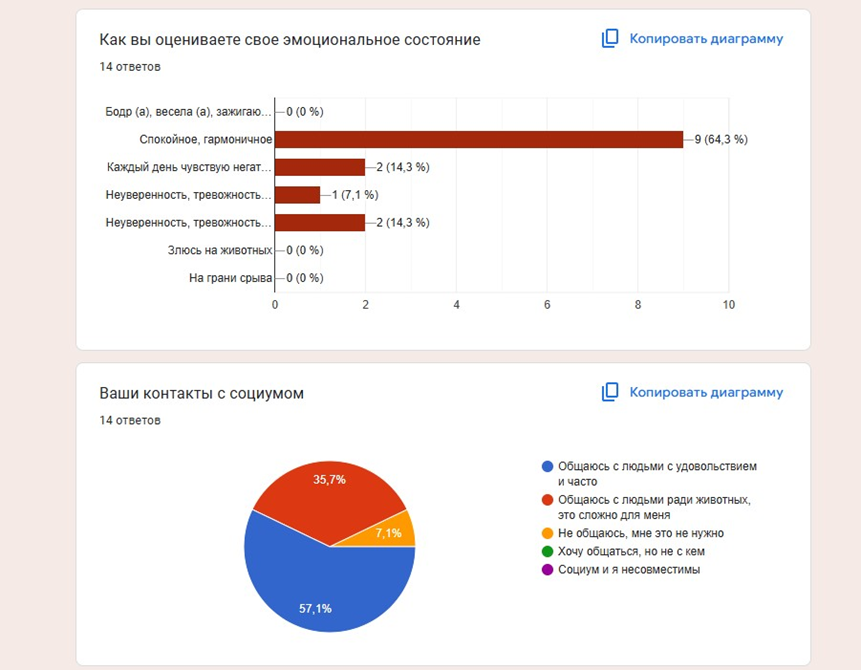
Fig. 3. Results of the survey of animal volunteers in Belorechensk
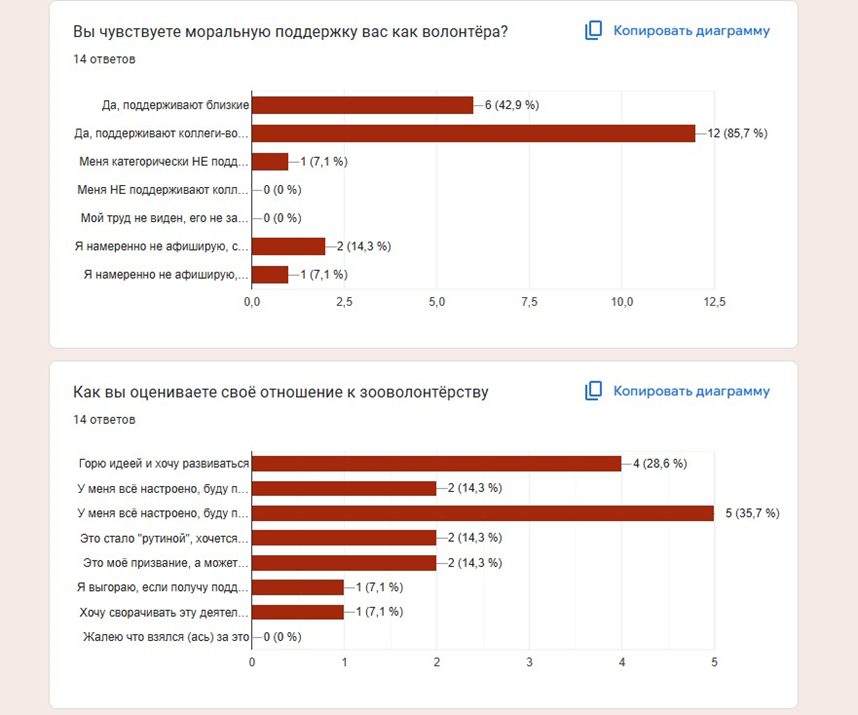
Fig. 4. Results of the survey of animal volunteers in Belorechensk
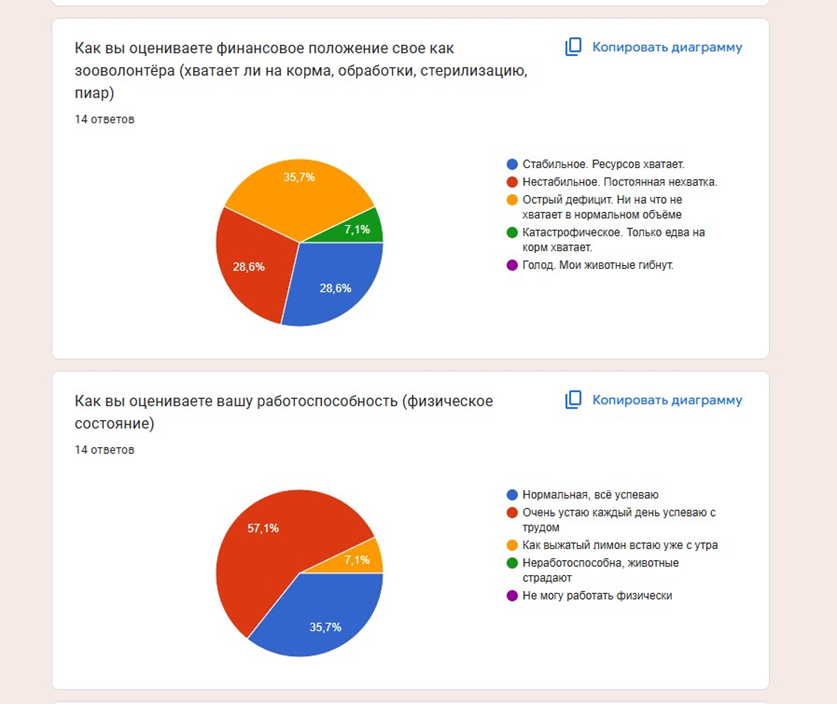
Fig. 5. Results of the survey of animal volunteers in Belorechensk
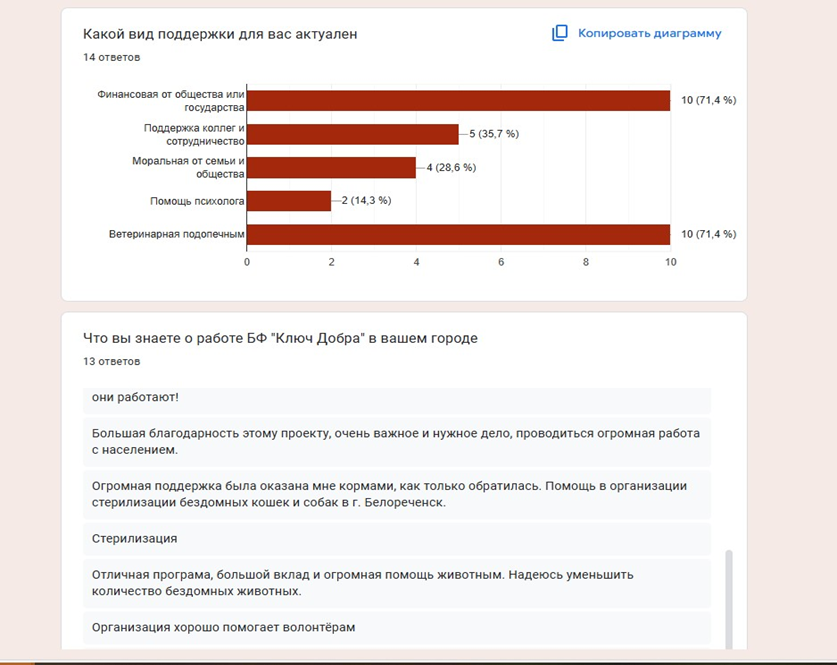
Fig. 6. Results of the survey of animal volunteers in Belorechensk
Possible reasons for the problem include:
1. Lack of material resources, such as pet food, medicine, and veterinary services. The work of volunteers (sheltering animals, treatment, sterilization, rehoming) is often done with their own resources or sporadic donations from local residents. This can be seen in the monitoring of the social media accounts of the largest volunteer group, which can be found at https://vk.com/doroga.dobra123.
2. There is currently no unified center for providing support to animal volunteers and encouraging mutual assistance among them. In the survey, colleagues noted that they require both psychological and emotional support, but at the same time, many do not wish to communicate with others and self-isolated. This may be due, among other factors, to society's lack of acceptance of their values.
A gathering place is needed – either physical or virtual - where animal volunteers could seek help and share their concerns. Colleagues noted that volunteers require basic necessities such as a professional photograph for social media, a place to eat when there are no animals around, the opportunity to chat with colleagues, to laugh (we have our own unique sense of humor), to cry, and to be able to leave home and have someone else take care of the animals for half of the day. The survey of animal volunteers confirms that they feel scattered, yet they would like to collaborate, receive support, and to make their contribution in the work with local residents.
3. Insufficient awareness of the public about the work and problems of animal volunteers: there are several narrowly focused communities in social networks in the city, but the general public does not know that such volunteers work in Belorechensk and really need the help of the people. Link to a video about the work of animal volunteers: https://vk.com/doroga.dobra123.
Conclusion:
In Belorechensk, it is necessary to develop and implement socially responsible projects that could address the need of local residents to humanely reduce the number of strays (sheltering and rehoming), engage them in activities, unify efforts and solve the issue of providing food for the rescued animals of 30 volunteers, and would create a favorable situation for new people to become volunteers. It would be crucial to establish a system for regular volunteer work, including:
- through the development and provision of methodological support for working with donors (donations, in-kind assistance),
- through the creation of a system for informing the public about ways to help,
- by extensive emphasize on effective forms of animal support and sharing positive experiences about this work,
- and through the prevention of burnout among animal volunteers in existing teams.
.png&w=384&q=75)
.png&w=640&q=75)